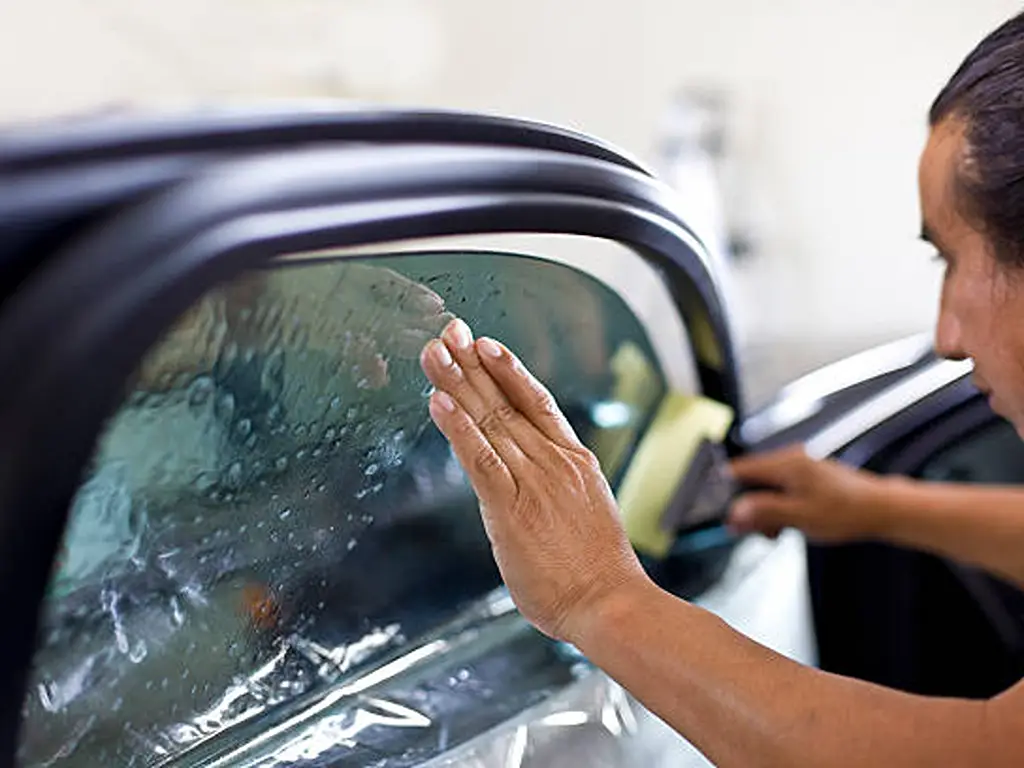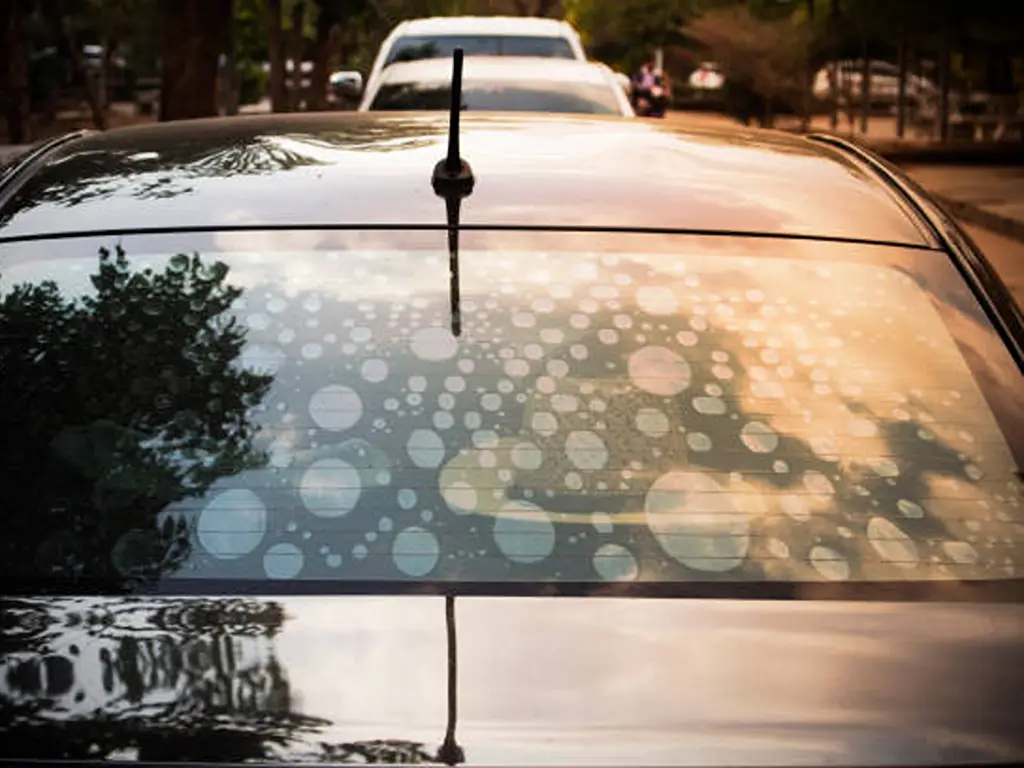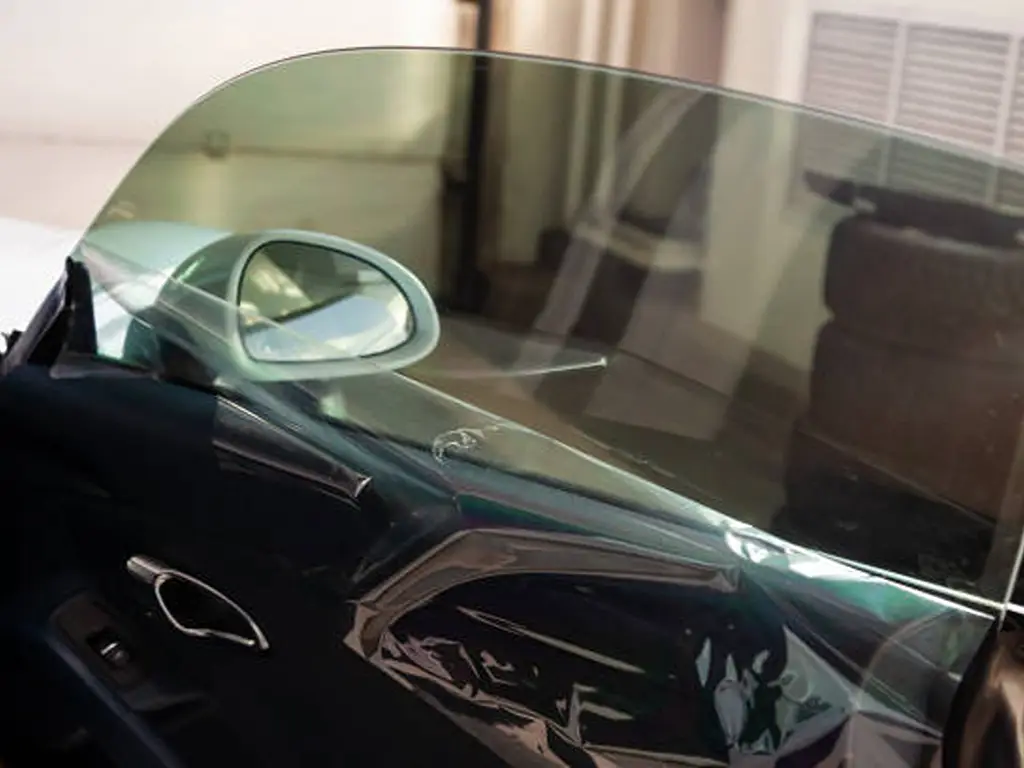The finishing touch has been made, and the windows of your car now have a smooth and fancy appearance through the professional window tinting. In addition to the aesthetic value of instant upgrading, this movie has concrete advantages of window tinting thus cutting glare, absorbing dangerous UV rays and provides privacy. However, when it comes to the first few days after the act of installing, there is one, very important question that almost every car owner has to be answered, and it is the following: at which point can the car windows be rolled down?
The solution is not a time issue but a chemistry and prudence issue. The stage between a tint job and the finished job is termed to be the curing phase. This stage is very crucial as the film, the specially made adhesive coating, and the glass of your car windows become one long-lasting, unparalleled surface. Too early of a move will threaten the integrity of the movie, causing unsightly stains and possibly costing repair of a hefty sum.
This guide is the source of professional information and not only offers basic information about a timeline but a conception of the whole drying mechanism. We are going to get into detail of science of tint curing, can weather factor change the schedule and what the best practices long term care are. These are the golden rules you should adhere to in order to guarantee the quality of your investment and the car window tint operating its service year after year.
The 3-5 Day Rule: Your Quick Answer
In the case of people who prefer a directive that is not only simple but immediate, the answer in the industry is straightforward: you have to wait three to five days, which is the specified time that is recommended before rolling down the windows of your newly tinted car.
This is the recommended time that post-tint care is based on. This time frame is given by professional installers so that the first important process of the curing process passes through without any disturbance. The tinting is done using a solution which is rich in moisture hence enabling the technician to place it accurately on the glass. This preliminary holding time is to allow most of this moisture to evaporate so that the adhesive film can start to create a firm first level of contact to the glass surface.
This 3-5 days window should be considered as a “do not disturb sign” at the windows. The parts that are exposed along the edges of the film are especially susceptible during this time. Pressure and sliding action can be generated when rolling a car window down into the weather stripping of a car door and this can very easily lift, peel, or curl up a soft edge of the film. The tint can also be spoilt with one instance of the quick roll down of the window.
Hence, it can be used as a general rule that discipline is important. I found it to be useful in the beginning to put a little non-adhesive reminder, like a piece of painter tape over your window controls so you do not accidentally use it or a passenger in the first week. Though the five days is an acceptable approximate guideline, this period may be terminated earlier or extended by numerous variables based on a combination of environmental and even material factors which we shall consider below.

Understanding the “Why”: The Curing Process
In order to appreciate in full the need to wait, the science behind this comes in very handy. The thing is, it is referred to as the process of curing which is a much more complicated process than drying. It can be described as a multi-stage chemical and physical process during which the adhesive layer gets permanently bonded to the glass, in the film.
Tinting on windows, Windows are not just some sort of fixed colored plastic; but it is an advanced polyester laminate usually produced by the excellent layers of polyester. The film has an adhesive which is a pressure-sensitive system incurred and activated by a slip solution. The solution is mainly made up of water and a mild activating agent and it is so because it lets the technician slide the film and squeegee it to the ideal position and it is also so because it triggers the bonding process.
A microscopic speck of moisture is left between the film and the glass once the installer has removed as much slip solution as he/she can. The drying process is the gradual evaporation of this residual moisture with a gradual rate, and this moisture has to pass through the kind of the film used.
Some minor water pockets or slight haze in the film may be noticed during the complete recommended curing time that may take one to four weeks. This is quite natural. The presence of these visual flaws testifies of the fact that trapped moisture is yet to evaporate. When the moisture evaporates, the pockets will smooth out and clear to give a smooth finish. When you can do this yourself, it can ruin the adhesive layer.
Key Factors That Influence Curing Time
The “3-5 day” rule is a reliable baseline, but the drying time can vary. Several factors influence how quickly your vehicle’s windows cure:
Weather and Climate
Weather conditions are the most important. Drying time is also associated with temperature and humidity.
- Heat and Sunlight: Warm sunny weather is the best way to cure window tint. The film is heated under direct sunlight and this increases the rate at which it evaporates. Under a hot dry climate, like in Arizona or Nevada in the summer, the initial curing may be done in two or three days.
- Cold and Humidity: on the other hand, chilly dewy and humid weather entails a lot of delaying time with the curing process. In climates with cold and wet weather (such as the Pacific Northwest in the winter), evaporation is stimulated by less thermal energy. Increased ambient humidity also implies a smaller ability of the air to grab the moisture of the film. So under such circumstances, you had better wait at least five or seven days, trying to be on the safer side.
Type of Film
This is also influenced by the way the window film is built and the material itself. The diversity of film types will sustain different porosities and thickness, hence raise the rate of moisture escape. Thermal curing thicker, multi-layered films, e.g., high-performance security or high-end ceramic tints might take a slight longer time to cure than a basic dyed film due solely to the fact that there is simply more material to traverse as water vapor does this.
Installation Quality
Initial curing can also be affected by the skill of a person installing and the methods he/she does it. With a technician who is very highly trained, this will ensure that the maximum of slip solution can be squeezed out as the application process goes on. The slower the curing time is, the greater the amount of residual water under the film. Proper installation helps in ensuring the film is installed smoothly and that there is no trapped air hence establishing the stage that would help the bond be fruitful and successful.
| Condition | Recommended Curing Time | Notes / Cautions |
|---|---|---|
| Hot, dry weather | 2–3 days | Sunlight speeds up drying process |
| Mild, sunny climate | 3–5 days | Standard recommendation |
| Cold or humid weather | 5–7 days (or more) | Slower drying, especially during winter |
| Ceramic or multi-layer film | 5–7 days | Thicker films take longer to cure |
| Standard dyed film | 3–5 days | Typical tint with faster curing time |
| After rain or car wash | Wait until fully dry | Moisture may slow adhesive bonding |
| After installation at night | Add 1–2 days to cure time | Lack of sunlight delays initial bonding |
How Film Quality Impacts Curing & Longevity

You cannot dictate the weather but you could dictate the kind of film that you use. The success of the tinting job starts on day one because of high-quality window films.
As an example, the window films used at ClearPro, such as the CeramicClear Series, are made with the help of the most up-to-date adhesive technology. ClearPro is the first brand to come up with nano-ceramic technology, which have created new standard of heat rejection and UV protection. This building not only enhances sturdiness and clarity but aids a more even, reliable drying procedure.
When selecting a quality film that a reputable film producer such as ClearPro has manufactured, you can reduce any curing issues and also help in the long appearance of your vehicle. Buying high-quality window tinting or even a combination with paint protection film is a good choice of any car owner who cares about look of the car and its functionality.
As a window tint film manufacturer, I found Cody’s video from Keystone Detail both practical and spot-on from a technical perspective. His recommendation to wait 2 to 4 days before rolling windows down post-installation aligns well with what we advise our installer network. The emphasis on climate influence, 2 days in hot summers, up to 4 days in colder months, is exactly how adhesive curing works.
I particularly appreciate his mention of tight seals and borderless windows being risk factors for premature peeling. That’s a crucial point we stress during product training. Our films, especially our high-performance ceramic line, are engineered to cure quickly, but no adhesive, no matter how advanced—should be rushed.
Cody’s practical experience reinforces what we see from a production standpoint: even the best film can fail if mishandled during curing. We also recommend installers educate their clients, just like Cody did, to avoid callbacks and protect the shop’s reputation.
It’s encouraging to see detailers like Keystone backing up professional products with proper aftercare. Cody—great job. We’ll definitely be sharing this with our certified dealers. Looking forward to more from your FAQ series.
What Happens If You Roll Windows Down Early?
One of the pieces of advice about waiting is not random. When you roll your car windows down, your investment would be severely endangered. The borders of the film are tender and elastic at the initial stage.
The film can be caught by the rubber seals on the inside of the door, leading to rearing or creasing. That may be some expensive repairs which may involve a complete reinstallation. The other issue is shifting- it could move with pressure, producing distortion and bubbles. This is the air bubble not going to be eliminated by time.
Better to stand on the safe side in case of any uncertainty. It makes a lot of sense to wait another two or three days rather than cough up money to do the job again.

Signs Your Window Tint Is Fully Cured
While time is the most common metric, you can also rely on visual cues to determine if your tint has fully cured. As mentioned, the full curing process can take several weeks, but the critical initial adhesion is what we are most concerned with for rolling down windows.
The most obvious sign of an ongoing curing process is the presence of moisture pockets or a hazy appearance. When your window tint looks perfectly clear, flat, and free of any visual distortions from every angle, it’s a strong indicator that the majority of the moisture has evaporated and the bond is secure.
Run your hand gently over the interior of the glass. It should feel perfectly smooth and bonded. If you see any remaining clusters of tiny bubbles (resembling small water droplets) or any significant cloudy patches, it is best to give it more time. When all visual signs of moisture have completely vanished for at least 24 hours, especially after being parked in the sun, you can be confident that the film is ready to withstand the movement of the window.
Long-Term Aftercare for Your Tinted Windows
Long after the curing process is finished, the process of protecting your investment has begun. Correct long-term care will make your window tint maintain a pristine look, and that its performance does not deteriorate.
Safe Cleaning Methods and Products: The only rule that matters with respect to the cleaning of the tinted windows is not to use ammonia-based cleaners. Ordinary glass cleaner products, such as Windex usually have ammonia in them, something that is corrosive to the adhesive of the tint and the hard coating as well. In due course, the film will degrade, bubbling, turning purpl,e and peeling because of ammonia. Use an ammonia-free glass cleaner or a mix of 1/4 inch of weak soap (baby shampoo or a dish soap with a neutral pH) and water instead. Both washing and drying a microfiber cloth should be a soft, clean microfiber cloth. Never use your abrasive paper towels as there is a possibility that they leave lint behind and could also inflict micro-scratches on the protective topcoat of the film. Also, during cleanin,g spray the solution on the cloth and not directly into the window so that the extra solution does not seep down to the panel inside the door.
Caring for the Rear Window Defroster: New, improved, high-quality window films do not interfere with rear window defrosters at all. The heating components do not threaten the film itself. The rear window, however, needs care in cleaning. You have the defroster lines that give a glass a sort of little raised ridge. Always wipe with the grain, or, in other words, wipe horizontally (this is the direction of the lines) to prevent grabbing the edge of your cloth on a line to create undue strain on the film that is bonded over it.
Your Top Window Tint Questions Answered
1. Will small bubbles go away on their own?
Well, yes. The majority of those little bubbles that you see right after tinting the windows are just moisture retention, which is by product of putting on the windows. These bubbles are not a drying fault but are an inherent aspect of the drying process and will tend to dissolve out itself after one to three weeks, depending on the nature of weather conditions and the type of film used. Such bubbles can be seen in the form of tiny drops or some light haze. If they are not bubbles or folds of the air, please do not attempt to hole-punch or press them trying to remove them, since this will ruin the adhesive layer. When the bubbles remain longer than a few weeks or appear to get worse, talk to your installer.
2. How soon can I wash my car after tinting?
The exterior part of your vehicle can be washed nearly instantly after tinting since tint gets laid on the inside part of the windows of your vehicle. Nevertheless, you are not to clean the inside surface of the windows within the first week. Judging by weather conditions, wait 57 days without fail to be sure the adhesive layer has fully bonded. Cleaning should only be done with soft cloth and ammonia-free cleaner to maintain the object’s clarity and the lastingness of the film.
3. Can I use my rear window defroster?
It’s not advisable to activate the rear defroster until the tint has fully cured—about one to two weeks—at your service, longer in bad cold and humid weather conditions. But, although quality window films are made to deal with the heat from the defroster, they can still fall prey to the temperature differences in the film from premature use as this will result in improperly cured or moisture trapped in the film drawn toward the defrost lines. Once the movie has been allowed to dry completely and looks completely selected and bubble absolutely free, you are ready to make use of the defroster such as normal without having to worry about the movie’s sticky base or in overall integrity.








